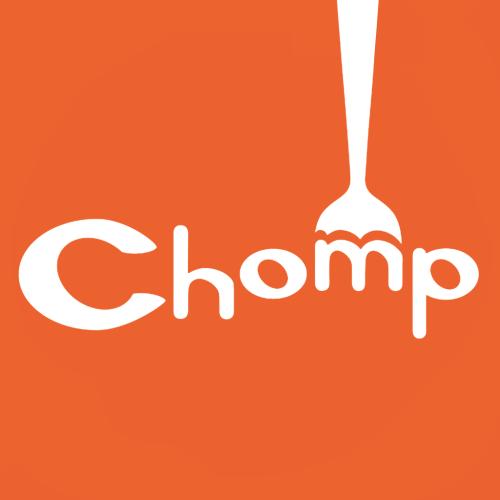This paper presents OpTaS, a task specification Python library for Trajectory Optimization (TO) and Model Predictive Control (MPC) in robotics. Both TO and MPC are increasingly receiving interest in optimal control and in particular handling dynamic environments. While a flurry of software libraries exists to handle such problems, they either provide interfaces that are limited to a specific problem formulation (e.g. TracIK, CHOMP), or are large and statically specify the problem in configuration files (e.g. EXOTica, eTaSL). OpTaS, on the other hand, allows a user to specify custom nonlinear constrained problem formulations in a single Python script allowing the controller parameters to be modified during execution. The library provides interface to several open source and commercial solvers (e.g. IPOPT, SNOPT, KNITRO, SciPy) to facilitate integration with established workflows in robotics. Further benefits of OpTaS are highlighted through a thorough comparison with common libraries. An additional key advantage of OpTaS is the ability to define optimal control tasks in the joint space, task space, or indeed simultaneously. The code for OpTaS is easily installed via pip, and the source code with examples can be found at https://github.com/cmower/optas.
翻译:本文展示了 OpTAS 任务规格 Python 软件库, 用于机器人操作中的轨迹优化( TO) 和模型预测控制( MPC) 。 TO 和 MPC 都越来越对最佳控制, 特别是处理动态环境越来越感兴趣。 虽然有一阵软件库来处理这类问题, 但是它们要么提供接口, 仅限于特定问题的配制( 如 TracIK、 CHOMP ), 要么 大型且静态地指定配置文件中的问题( 如 EXOTica、 ETASL) 。 OpTAS 另一方面, 允许用户在单一的 Python 脚本中指定自定义的非线性约束问题配方程式, 允许在操作过程中修改控制器参数。 图书馆为多个开放源和商业求解( 如 IPOPT、 SNOPT、 KNITRO、 SciPy) 提供界面, 以便利与机器人的既定工作流程的整合。 通过与通用图书馆的彻底比较, 突出 OpTAS / 的额外关键优势优势是能够通过联合空间代码/ propperbs 。 。 。 在共同的 Pab 找到了源码中, 可以同时找到 。





